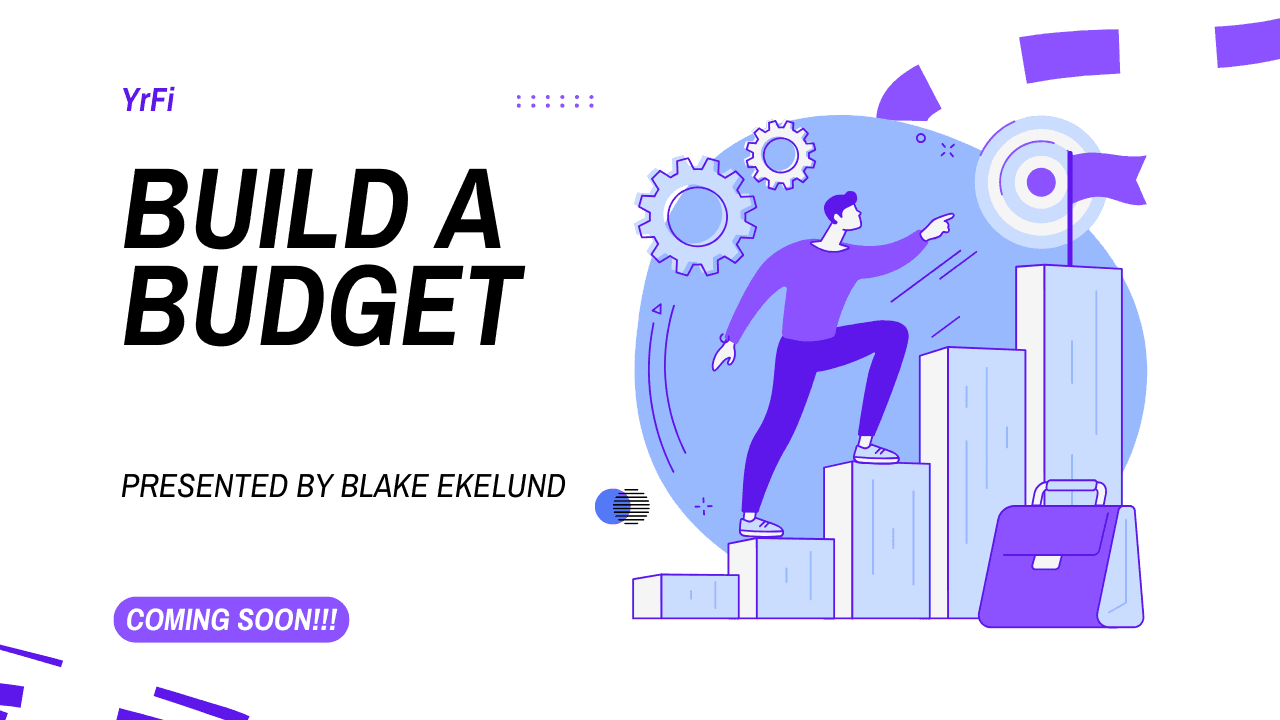The Sequence of Returns
Most retirement calculators assume steady returns year after year. But the market has a different plan. Sequence of returns risk is what happens when you experience losses early in retirement. A poor sequence of returns can quietly destroy your financial plan even if your average return looks good on paper.
In this guide, we will explain how timing affects your portfolio, show you real examples, and give you tools to run your own simulations. Understanding this risk could be the difference between retiring comfortably and running out of money too soon.
Why Sequence of Returns Risk Matters
Sequence of returns risk is one of the most overlooked factors in retirement planning. It refers to the danger of receiving poor investment returns early in retirement, which can significantly increase the risk of depleting your portfolio, even if the long-term average return is favorable.
When you begin withdrawing from your retirement accounts, early losses can do outsized damage. If the market declines in the first few years, you are forced to sell investments at lower values, locking in losses that hinder future growth. Later gains may not be able to reverse that damage.
History offers clear examples of this risk. The 2001 Dot-Com Bubble led to a multi-year market downturn. Just a few years later, the 2008 Global Financial Crisis triggered a historic collapse in asset values. In 2020, the COVID-19 pandemic caused another sharp but brief market crash. If a retiree had just begun drawing down their portfolio at the start of any of these periods, the long-term impact could be severe—even if the market later recovered.
Even with the same long-term average returns, retirees can experience vastly different outcomes depending on the order in which those returns occur. This makes sequence risk one of the most critical threats to a sustainable withdrawal strategy.
Alex (Bull Market First)
Portfolio ends around $1,600,000
Morgan (Crash First)
Portfolio runs out around year 22
The Story
In this simulation, we compare two identical retirees: Alex and Morgan. Both start with $1 million and withdraw either 4% of their balance or $40,000 per year, whichever is greater. The only difference? The order of returns.
Alex experiences strong market returns early in retirement, giving their portfolio room to grow before making large withdrawals. Morgan, however, faces a series of early losses that force them to draw down their portfolio when it is already declining.
Despite earning the same average return over time, Morgan's portfolio cannot recover from the early damage. Sequence of returns risk, not just average return, determines whether a retiree can safely sustain withdrawals.
Alex (Bull Market First)
Portfolio ends around $1,600,000
Morgan (Crash First)
Portfolio runs out around year 22
Customize Your Withdrawal Scenario
| Year | Start | Return (%) | Withdrawal | End |
|---|---|---|---|---|
| 1 | $1,000,000 | $40,000 | $1,027,200 | |
| 2 | $1,027,200 | $41,088 | $1,055,140 | |
| 3 | $1,055,140 | $42,206 | $1,083,840 | |
| 4 | $1,083,840 | $43,354 | $1,113,320 | |
| 5 | $1,113,320 | $44,533 | $1,143,602 |
Assumptions: This model assumes a constant withdrawal rate and a minimum withdrawal floor set at the year 1 rate. Returns are compounded annually, and values are shown pre-tax.
Note: This simulation does not account for inflation. Over time, the real (inflation-adjusted) value of withdrawals may decline in purchasing power.
Diversification Reminder: Historical returns vary by asset class. Consider building a diversified portfolio across stocks, bonds, and alternative investments to manage risk and align with your goals.
Final Thoughts on Sequence of Returns
Sequence of returns risk is not just theoretical, it is one of the most powerful forces shaping retirement outcomes. Two people with the same average return and withdrawal rate can end up in very different places simply based on the order in which market gains and losses occur.
To retire with confidence, you must plan not only for expected returns, but for unexpected timing. Our full tool lets you model real-world volatility, simulate different market sequences, and build a strategy that can weather both strong and weak years.
- Simulate returns based on your balance, withdrawal rate, and timeframe
- Compare bull markets and crash scenarios side-by-side
- Understand risk exposure across asset classes
- Stress test your assumptions with worst-case sequences
Review your results with a financial professional. Ask directly: "How does sequence of returns risk affect my plan?"
Diversifying across stocks, bonds, cash, and real assets can help mitigate this risk. But to truly understand it, you need to simulate it.
Ready to go deeper? Explore sequence of returns risk with real data.
